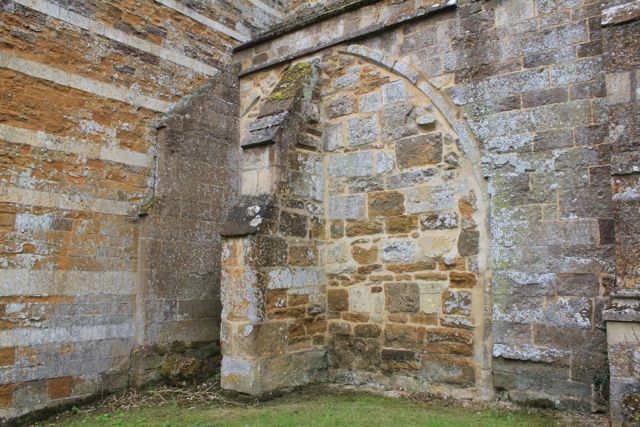I've just searched through my photos - I have four from 1998, before I went digital - in the days of film sent away for developing and printing, and although they were stored in an album, one or two look a little faded.
The chapel is in a beautiful area - I must revisit and walk nearby.
According to the Derbyshire Heritage website
a church was recorded on the site in the Domesday survey of 1086 and a 13th century reference in the documents of Darley Abbey mentions what is now merely a footpath to the church as Churchgate Lane. The will of Hugh Revell of Shirland dated 15th May, 1504, states: "I will that the Trinitie Chapel have my chalez, the which is now in their possession, for ever." There is no subsequent record of this chalice, which may have gone missing during the Civil War.
The present Chapel is believed to have been completely rebuilt in the early 1500's, possibly a short time before the Reformation, about 1520-1530. According to tradition, the two bells which the Chapel once possessed were stolen by Oliver Cromwell during the Civil War.
Up to 1758, the Chapel served as a chapel of ease to the parish of Morton, and services were held there four or five times a year. It was deserted after the investiture of the new Brackenfield Church in 1857. By 1841, it had already fallen into disuse, partly because of its inaccessibility, and partly because most of the population of Brackenfield now lived around the green, over a mile away.
There is further information on the Brackenfield page of the Amber Churches website. One interesting item is this:
The ruins of “Trinity Chapel”, the remains of a sixteenth century replacement of the original chapel now hidden in trees, can be reached from a footpath and a village tradition developed of a pilgrimage to the Chapel on Trinity Sunday. This lapsed in recent years but was picked up again in 2010 when a church walk stopped in the chapel for a short service.So far, I have no knowledge of any paintings or photographs of the chapel before it fell into ruins. I must thank Charlie Wildgoose of Matlock for putting the idea into my head, in a discussion about one of his photographs.
























